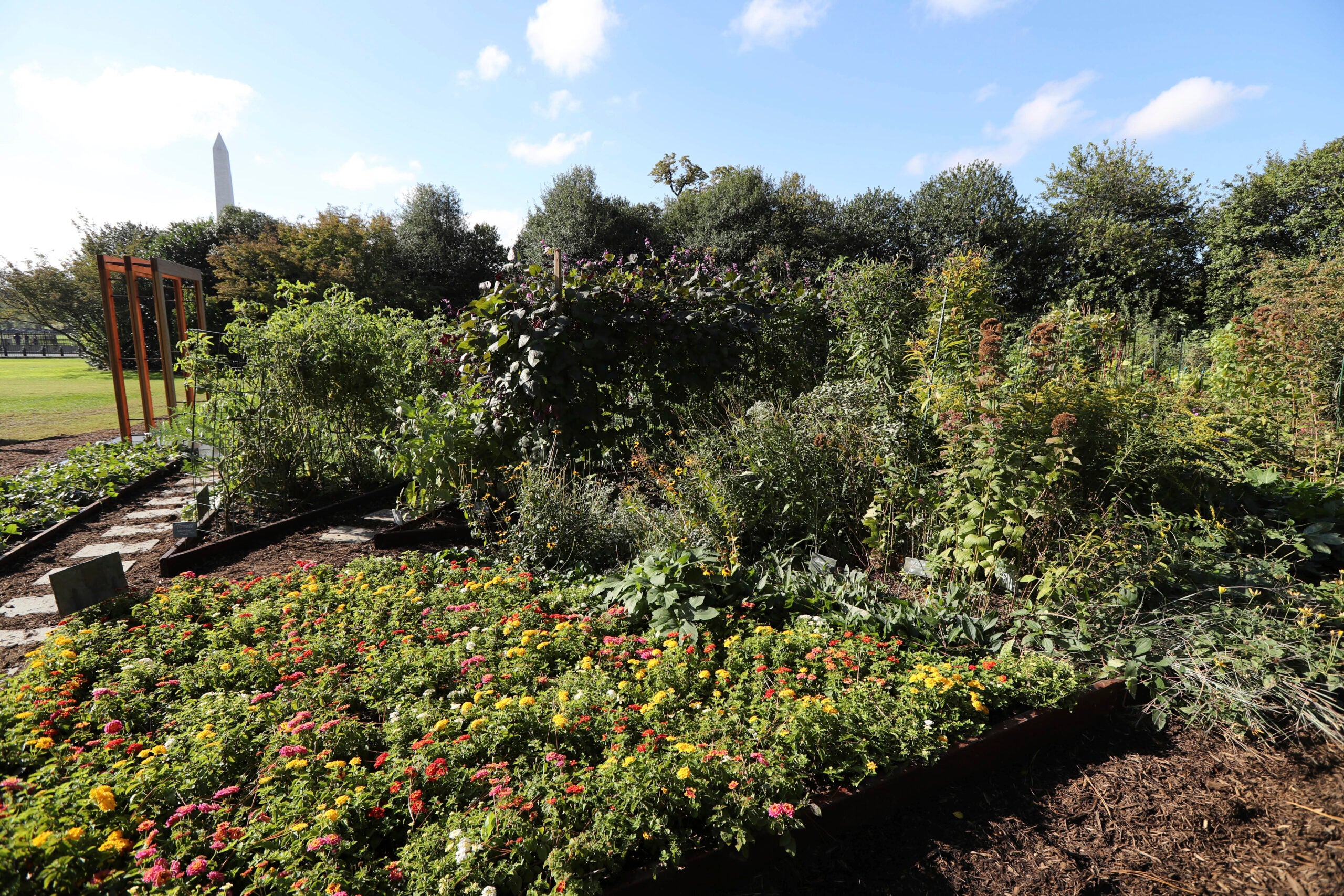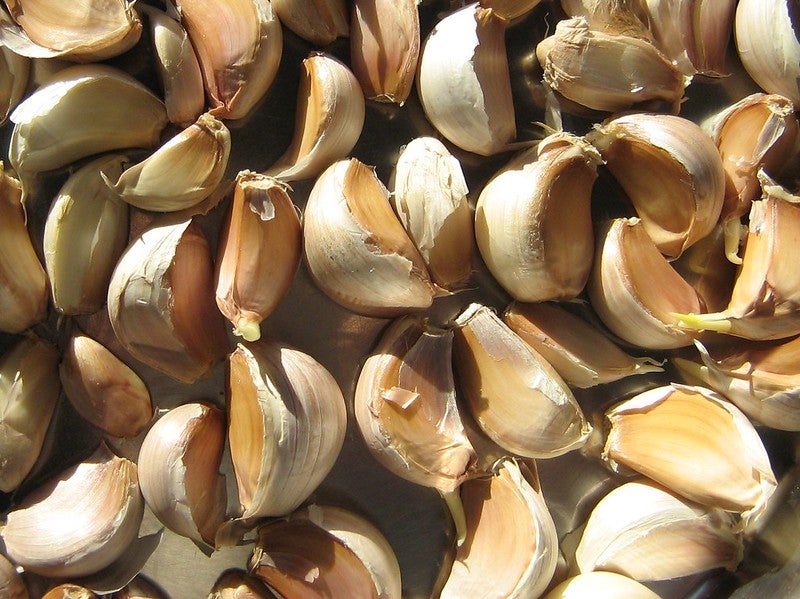One method of getting plants to really thrive in the garden has, for generations, lived in the conversations between farmers and gardeners — a tip here about planting dill by tomatoes to repel hornworms or a trick there to get onions and broccoli to really take off by planting them together.
It’s the theory of companion planting, a long-held practice of placing certain plants near each other to help spur on their production.
Jessica Walliser is the author of “Plant Partners: Science-based Companion Planting Strategies for the Vegetable Garden.”
News with a little more humanity
WPR’s “Wisconsin Today” newsletter keeps you connected to the state you love without feeling overwhelmed. No paywall. No agenda. No corporate filter.
Just ahead of the growing season, Walliser joined WPR’s “The Larry Meiller Show” to discuss her research about the practice of companion planting and why it can be useful in the garden ecosystem.
The following has been edited for brevity and clarity.
Larry Meiller: What happens when a couple of plants are paired together? What’s going on that makes it better?
Jessica Walliser: I like to say there’s seven main benefits of partnering certain plants together in the vegetable garden.
- Soil preparation, or conditioning the soil. That would be something like using a cover crop in your vegetable garden.
- Weed management. We’re looking at using one plant to help control the weeds around another plant, like living mulch or things like that.
- Pest management. That’s probably the most popular reason that people companion plant.
- Disease management.
- Enhancing biological control, which would mean bringing in all those good beneficial insects that eat the bad pests.
- Pollination. We can actually partner plants together to improve pollination rates in our vegetable garden and get better fruit set.
- Support — providing physical support in the form of like a living trellis for a plant. So that one’s kind of like a little bit more on the ornamental side, whereas the others are a little bit more on the actual physical benefit to the plant.
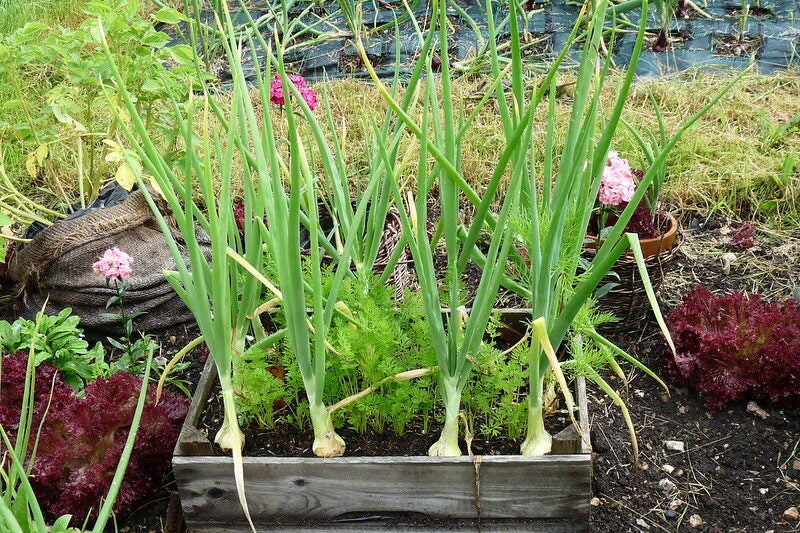
LM: What are some of the best pairings in your mind?
JW: The ones that I often talk about the most, that people ask the most questions about, of course, are the pest management ones, because that’s the classic reason that people like to companion plant.
So we can partner these plants together and can use them as trap crops, which is basically partnering plants together because one is more attractive to the pest than the other, and so they leave the one plant alone.
One of my favorite partnerships for this is always planting radishes around your tomato plants if you have issues with flea beetles, because flea beetles much prefer radishes and the greens to tomato plants. So, when you plant your tomato transplants out in the spring, always make sure that you have a radish crop around them and you won’t have any damage from flea beetles on your tomato plants, because they’ll be too busy with the radishes.
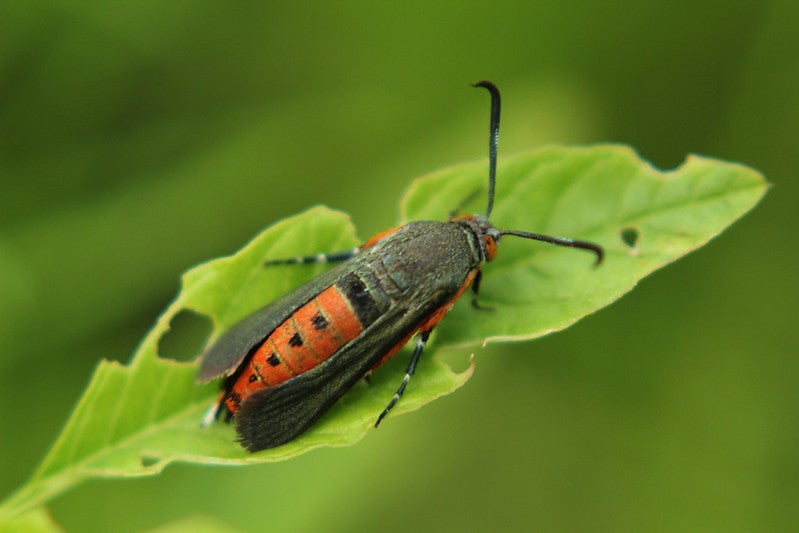
Another one that is a good and useful trap crop is in the squash patch. If you grow a lot of winter squash and you have those terrible squash vine borers, you definitely want to plant a particular squash called blue hubbard squash kind of near your other types of squash, because those squash bugs much prefer the blue hubbard squash. So they’ll go over there and leave the crop that you really want to harvest alone. So that’s a method called trap cropping.
But you can use these plant combinations also to deter pests, disrupt their egg laying, disrupt their feeding.
One of my favorites for that method is to always plant nasturtiums around my summer squash.
There was an interesting bit of research done at an Iowa State University research farm, where they counted the number of squash bugs on the summer squash, or zucchini plants, that were interplanted with the farms. And they found that there was a far lower number of squash bugs when these two plants were partnered together. So this one anybody can do in their backyard.
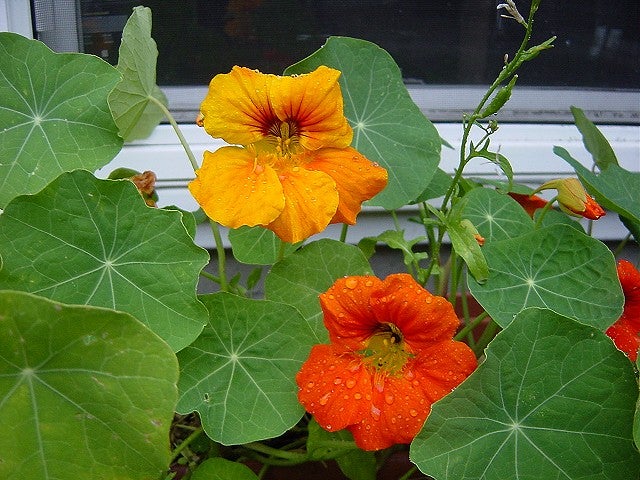
LM: Let’s flip the coin a bit here. Are there some plants that you should not plant together?
JW: Well, really, plants kind of interact with each other in a lot of different ways. And one of the ways that they interact is competition. So that’s like a negative reaction, right? Plants growing together, really closely together, will share resources from the same space — they’ll be drawing water from the same area of the soil. They’ll be pulling nutrients out of the same part of the soil. They might be competing for light.
So, in that case, there can be competition where they don’t get along. But it’s not really a matter of one plant hating another plant or something like that. It doesn’t really work that way.
The only time we really see that is with an issue called allelopathy, which is where a plant’s roots actually release chemicals that inhibit the growth of nearby plants. And sometimes that can restrict growth. But typically, allelopathic plants are not things that we would be growing in a vegetable garden anyway.
That that might have a bigger part to play in the forest or in our ornamental plantings, but not so much in our vegetable garden.
Wisconsin Public Radio, © Copyright 2026, Board of Regents of the University of Wisconsin System and Wisconsin Educational Communications Board.
